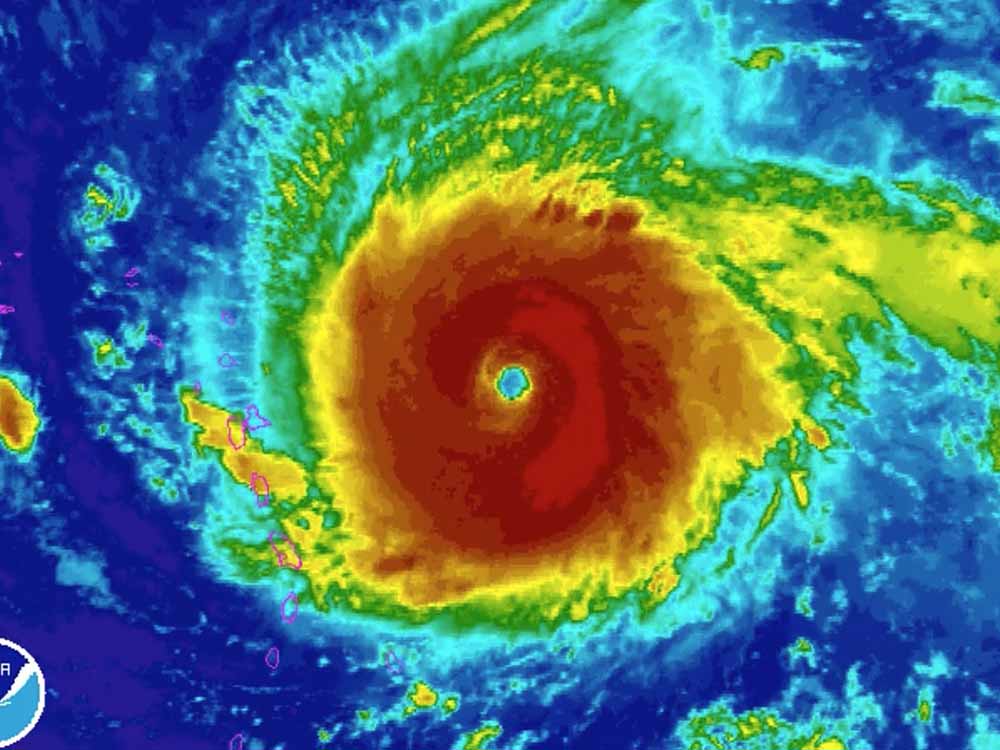Hurricane Irma of 2017
Hurricane Irma, a powerful and catastrophic storm, left a trail of destruction and upheaval in its wake during September 2017. As one of the strongest hurricanes ever recorded in the Atlantic, Irma’s impact was felt across the Caribbean and the southeastern United States. The storm’s unprecedented strength, widespread devastation, and the subsequent relief and recovery efforts showcased the resilience of communities and the importance of preparedness in the face of natural disasters.
Unprecedented Strength and Widespread Devastation
Irma originated from a tropical wave off the coast of Africa and quickly gained intensity as it moved westward across the Atlantic Ocean. By the time it reached the Caribbean, Irma had escalated into a Category 5 hurricane with sustained winds exceeding 180 mph. Islands such as Barbuda, Saint Martin, and the British and United States Virgin Islands were hit with catastrophic force, leaving behind extensive damage to infrastructure, homes, and landscapes.
Impact on Florida and the United States
After causing devastation in the Caribbean, Hurricane Irma turned its course toward Florida, sparking mass evacuations and widespread anxiety. On September 10, 2017, the hurricane made landfall in the Florida Keys as a Category 4 storm, with storm surges, heavy rainfall, and powerful winds wreaking havoc along the state’s coastline. Cities like Naples, Miami, and Tampa experienced significant flooding and property damage. Millions of residents were left without power, and the storm’s aftermath led to a complex and challenging recovery process.
Emergency Response and Evacuation Efforts
In the face of Irma’s impending threat, emergency response teams, local officials, and state governments collaborated to facilitate mass evacuations. Evacuation orders were issued for vulnerable areas, and shelters were set up to provide refuge for those in need. However, the sheer magnitude of the storm and the challenges of evacuation highlighted the need for improved disaster management plans and infrastructure to accommodate large-scale evacuations effectively.
Resilience and Community Support
In the midst of the chaos and destruction, stories of resilience and community support emerged. Neighbors helped neighbors, first responders risked their lives to save others, and volunteers from around the country joined relief efforts. The spirit of unity and compassion showcased the capacity of individuals and communities to come together in times of crisis, offering hope and solace amidst the devastation.











